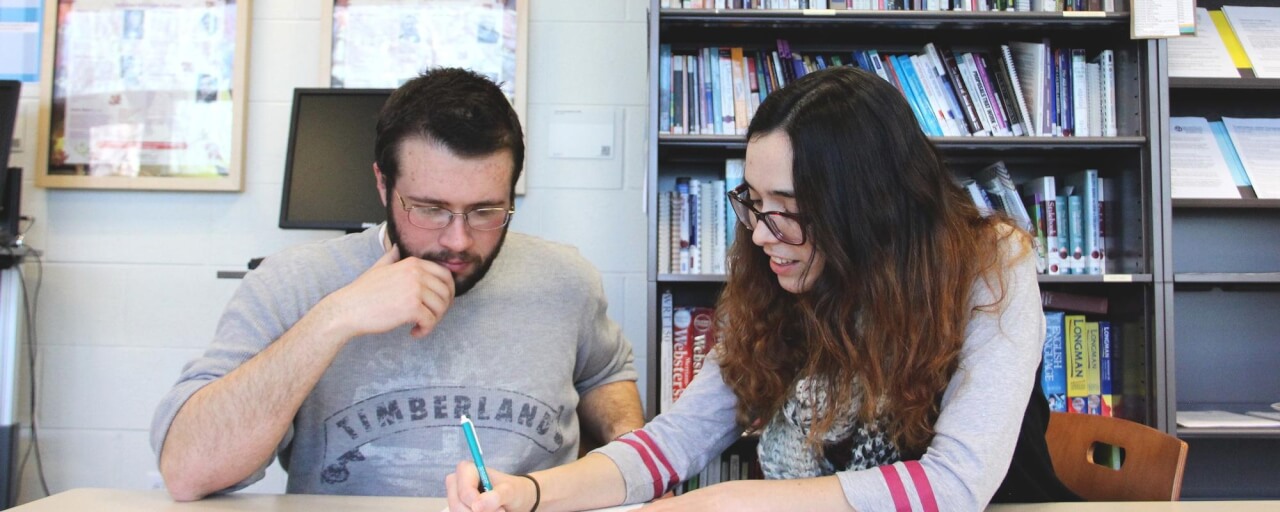Annotated Bibliography
If you've been assigned to compose an annotated bibliography, let's first start by saying this: an annotated bibliography cannot be composed without doing research. If you would like support in your research process, consider meeting with one of Grand Valley's Peer Research Consultants at the Knowledge Market! According to their website, "research consultants are highly-trained students ready to help you improve your library research skills."
What is it?
Bibliography: is a collection/list of sources used to explore or research a specific topic/idea. Bibliographies have different names sometimes: Work Cited, Reference List, References, etc. The information included in a bibliography covers authorship, publication, and access.
Annotation: is summary or evaluation of a text.
An annotated bibliography, therefore, is a type of assignment/project that asks the researcher/author to provide descriptions, summaries, and reflections on expert texts. But depending on your assignment guidelines or professor preference, annotated bibliographies can accomplish a couple of different goals:
- Summarize the text: an annotated bibliography might just be a list of summaries of texts. If this is the case, it is important to include the following information: main arguments, design, accomplishments, and limitations.
- Assess the text: it is very common for annotated bibliographies to include some time of evaluation of the content of the source. The researcher/author might ask the following questions: "how credible is this source?"; "was their content valid and reliable?"; "is their argument fair?"; "what is the goal of this text and does the source achieve it?"
- Reflect on the text: when asked to provide reflection, the researcher/author weaves their experience with the text alongside a summary and assessment of text. They might be asked to reflect on whether this text was helpful in accomplishing their researcher goals, or if the text was well written or easy to understand. Other questions one can ask include: "did this change my outlook on my topic?"; "does this text work with or against my foundational texts?"; "for what purpose will I use this text in my overall project?"
What do I Need to Know?
Here are some things to keep in mind about composing and revising an annotated bibliography:
1. This is not the place for direct quotes: the goal of an annotated bibliography is to represent expert text in a refined, synthesized way. There just isn't enough time or space to include direct quotes. If you're having a hard time rephrasing and summarizing the words of your source, consider asking a consultant for help -- they can talk you through knowing how to internalized new information and write about it in summary form.
2. This is a great way to get to know a topic: creating an annotated bibliography on your topic is a great way to assess the information out there, find gaps in the research, or educate yourself on stuff you care about.
3. This should feel like you're mediating a conversation: sources within an annotated bibliography should be related to each other, in conflict with each other, supportive of each other, or inspiring & foundational to each other. When synthesizing the information or analyzing the content, it should feel like you're aware of the relationships among them (i.e. "This source is a direct evolution of so-and-so, who had limited means to accomplish these goals.").
4. This might take longer than you think: even though an annotation is brief, it is refined. Having a fair, full representation and analysis of a lengthy text WHILE keeping it brief is an incredible skill that doesn't happen the first time you try this. You should anticipate a heavy revision stage -- which is a great time to come to the Writing Center and meet with a consultant!
The information on this page was brought to you, in part, by Purdue OWL's Annotated Bibliography resource.
Have other questions? Stop in and visit! Or call us at 331-2922.
[1726082679].jpg)

